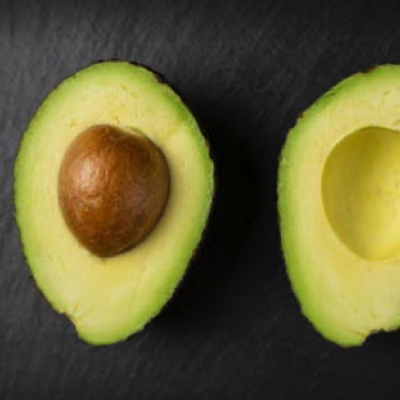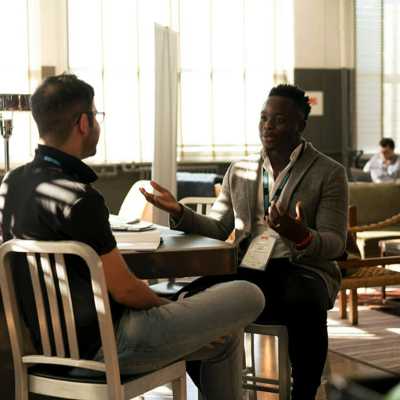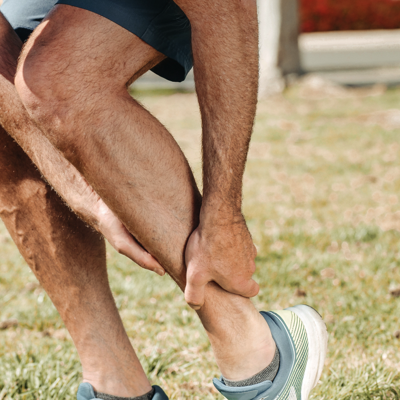“In the beginning it is usually about the distance… ” Of course I’m talking about runners! For many people starting out in running, achieving a 5k run is often the goal. Having achieved that (not inconsiderable milestone), the next goal is often to aim for a 10k distance.
But very soon things become somewhat “blurry” in terms of running goals. Shall I run “further” or shall I run “faster”? Of course the more you run, to an extent, the faster you are likely to become. But if your goal is to improve your speed (rather than increasing distance), then there are a few basic steps you can take to accelerate your progress.
Running Efficiently
If you needed to push a car along the road, you would probably choose to take the handbrake off first. And it is the same with running! Whilst we can increase our “fitness”, if we then waste a proportion of that new found energy on overcoming poor running form, we are not achieving our true potential and just making hard work of running. It really is never too early to develop good running technique.
Where do you start with improving running technique?
At the highest level, the basics every runner should understand is that you need to drive your arms, lift your knees and run tall with good posture.
Focusing on good running technique will not only help you run faster but it will also help you avoid injury. Once you start to delve into what represents good running form, or indeed the biomechanics of running, it can soon start to become overwhelming. But luckily there are a few simple things you can focus on:
Arms
I can not stress enough the importance of good arm action if you want to run faster. Which I know will initially sound a bit strange (as your arms are not the part of your body that you most associate with running!), but once you experiment with a correct arm action you will surprise yourself.
Avoid your arms crossing the vertical centre line of your body in front of you. Pump them back and forth at your sides. Relax your shoulders and find a comfortable bend at the elbow. Now the biggie… When you want to pick up your pace use your arms not legs, drive your elbows back HARDER (and as a result the range of motion will increase). This will make you run faster. (It also works for hills, but that will be the subject of a different post!).
Just improving arm action (“drive”), for many runners, will be the single biggest improvement they can make to their running.
Legs
A common fault is to try and increase pace by increasing stride length. This often leads to feet landing in the wrong place, in the wrong way, and the body as a whole becoming unbalanced. Forget the idea of “increasing stride length” to cover more ground. Avoid a kicking motion, instead focus on and visualise landing on your mid-foot with your feet underneath you.
Ensuring that your feet are landing underneath your hips will improve your stability and balance (important), but also put them in exactly the right place to push off and minimises the amount of time each foot is in contact with the ground (vital).
Once your feet are landing underneath your hips (rather than accelerating your leg forward and landing out front), you will also find that landing mid foot, rather than heel striking, becomes more natural.
Is heel striking a problem? There are some world class elite athletes that heel strike in their gait. However, as a general rule it is not helpful. It can be symptomatic of your feet landing out front (and therefore not being in proper balance or able to develop the most drive forward), but also it causes a momentary braking effect which slows you down. This is helpful when running down hill when a different running technique is used. A final consideration is that landing on the heel means that you will be absorbing impact (the absorption of ground reaction force if you want to be technical about it!) in an unhelpful manner which can lead to many different sorts of injuries.
In order to move forward faster you will probably need to increase your cadence. Build this up over time gradually – it will feel like hard work! An often quoted average cadence for a good runner would be around 180 steps per minute. But remember that everyone is different!
Running Consistently
Running harder and faster every time you put your trainers on will make you a faster runner. Absolutely not! But that is the temptation for many and is probably fuelled by Social Fitness apps like Strava.
In order to make consistent progress, it is important to train consistently and that is facilitated by having some form of plan or route map that you are following. This does not need to be overly complicated, but you will need to get into a “training rhythm”. Different Coaches will have very different philosophies on programming. I tend to use the idea of easy runs and hard runs, and to avoid complexity. Therefore (mostly) avoiding those nondescript average runs that achieve nothing.
Give consideration to other sports and training that can add to your fitness, mobility and strength. Taking this approach (call it using Strength & Condition, or cross training, the label doesn’t matter…) will enable you to add a different kind of training stimulus and will help you run faster as you become fitter and stronger.
Create a basic schedule for yourself and try to not move the days around once set. Take into consideration your typical week and plan around that. This needs to be sustainable over time. Avoid hard sessions on back to back days. Make sure you actively include REST DAYS.
By way of example, a simple three runs a week plan might have this rhythm to it:
| Mon | Tue | Wed | Thr | Fri | Sat | Sun |
| Easy Run | XTRAIN | REST | Hard Run | XTRAIN | REST | Long Run |
The key to making this approach work is to ensure that your Easy Runs are EASY and your Hard Run is HARD! The temptation (and easy trap to fall into) is to push too hard on the easy runs, seeking that feeling of “having worked” and then not being able to go hard enough on the hard days.
Keep It Simple
As you progress from having conquered your initial distance goals and you start to think about training with a purpose, be that new Personal Best times or going Long, you will be bombarded with resources and articles on nutrition, strength, running sessions, faster trainers, massage guns, speed sessions… the list goes on! They all have their place, but can over complicate the simple idea of running, and running with a simple purpose: “I want to run x kilometres in y minutes”.
Have a clear goal and keep your training simple but consistent. Really focus on your form and the “mechanics” of running. Your Easy Runs are an ideal time to think about “HOW” you are running and make conscious improvements. Become aware of how you use your arms. Exactly where each foot lands, how it got there and what it is doing to propel you forward on each stride.
Becoming a faster runner is a simple process, but demands time and consistent training to achieve. You will likely make big improvements in the early days but to reach your potential is a longer journey. Working with a Coach, or having a better plan, might make the journey shorter and certainly should make it more engaging (I would say that!!). Just remember to keep putting one foot in front of the other and smile as you go… You will get there for sure!
ABOUT ED
Ed Stivala is an England Athletic qualified Event Group Coach specialising in Endurance Events. His practice specialises in performance coaching for runners of all levels. He also hold qualifications in Personal Training, Nutrition and Swim Instruction.
When not Coaching, he competes in Duathlon and plays golf very badly!



